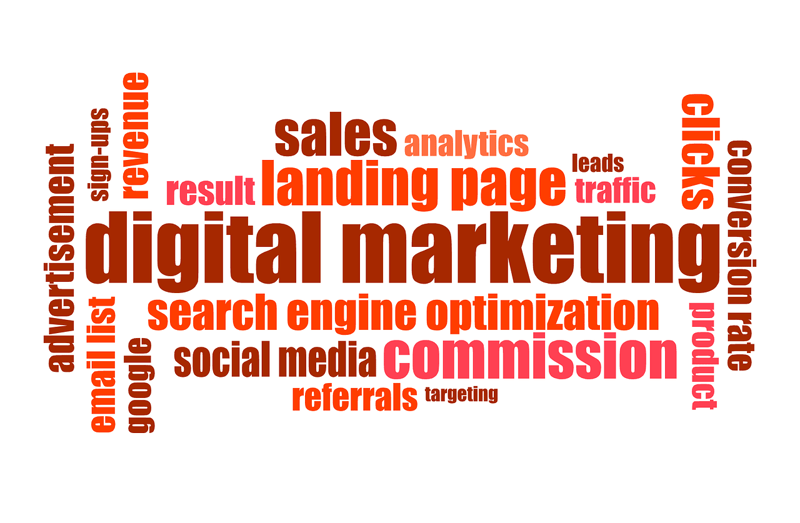Marketing is a crucial aspect of any business, and it’s especially important during a recession. In fact, many businesses find that they need to ramp up their marketing efforts in order to stay competitive and attract customers in a tough economic climate. However, marketing during a recession can be challenging, as businesses often have to work with limited budgets and resources.
We’ll explore some approaches for managing your marketing during a recession, including how to cut costs, focus on customer retention, and adapt to changing market conditions.
Cut Cost Wherever Possible
One of the first things when facing a recession is to take a hard look at your marketing budget and see where you can cut costs.
Cost always comes in higher and faster than expected; revenue always comes in lower and slower than expected; prepare yourself accordingly.
This could involve negotiating lower fixed cost rates, higher ROI rates with internal and external resources, streamlining efforts to be more efficient, and replacing fixed costs with variable costs where possible. All of these changes will allow you to scale up and down more flexibly.
It’s also a good idea to review your fixed marketing costs, such as software subscriptions or fixed in-house costs versus flexible agency fees, and explore opportunities to increase ROI and find more affordable options. Additionally, consider offering voluntary pay freezes or cuts at reduced hours for your marketing team rather than having lay-offs, reducing costs while retaining valuable talent.
One way to cut costs without sacrificing the quality of your marketing efforts is to focus on inbound marketing strategies. Inbound marketing involves creating valuable content that attracts customers to your business rather than relying on outbound tactics like cold calling or spam emails. This can be an effective way to generate leads and build brand awareness without breaking the bank.
Another cost-saving strategy is to use automation tools to streamline your marketing efforts. There are several marketing automation platforms available that can help you manage tasks like email marketing, social media posting, and lead generation, freeing up your team to focus on higher-level tasks. Drive higher returns or lower your cost. Focus on Return-on-Investment (ROI):
Focus on customer retention
During a recession, it’s important to focus on retaining and growing your current customers.
It is easier and more cost-effective to retain and add additional value to existing customers than to attract and convert new ones.
To retain your customers, it’s essential to delight them with high-quality products and services and an exceptional customer experience. You can offer incentives or promotions to encourage your customers to continue doing business with you. Examples include referral programs, loyalty discounts, or rewards programs to reward your most loyal customers. Essentially, you want to provide an incentive for customers to continue doing better business with you.
These programs can take various forms, such as points-based systems or subscription-based models. Communicate regularly with your loyalty program members, offer exclusive benefits, and keep them engaged.
Have you considered asking customers what they value most? Platforms like the HubSpot Service Hub offer an excellent toolkit to set up surveys or obtain feedback about offerings they value.
Adapt to Changing Market Conditions
One of the marketing challenges during a recession is that market conditions are constantly changing. You must be adaptable and flexible in your marketing and pricing strategies and stay competitive.
One way to do this is to keep a close eye on market trends and consumer behaviors and adjust your marketing efforts accordingly. For example, if your consumer spending is shifting from in-person to online channels, you may need to increase your online presence and digital marketing efforts.
It’s also important to stay attuned to the needs and concerns of your customers during a recession. This may mean offering flexible payment options, different bundling of services, or better highlighting the value, business impact, and affordability of your products or services.
Utilize cost-effective marketing channels
During an economic downturn, it’s important to be strategic about where you allocate your marketing budget. With traditional channels like television, print advertising, and paid advertisements quickly becoming expensive, several cost-effective marketing channels can help you reach your target audience without breaking the bank.
For example, social media marketing, content marketing, and email marketing are all relatively inexpensive ways to reach and engage with your audience. These channels also offer a high level of targeting and measurement, which can help you track the effectiveness of your marketing efforts.
Consider partnerships and collaborations
Partnerships and collaborations can be a great way to reach new audiences and drive sales during a recession. By partnering with complementary businesses or influencers, you can tap into their networks and gain exposure to a new audience.
For example, you could consider partnering with a technology or services partner to offer a combined promotion or collaborating with an influencer to promote your products to their followers. These partnerships can help you reach new customers without incurring significant marketing costs.

Prioritize online marketing efforts
Finally, it’s important to prioritize online marketing efforts during a recession. With more people spending time online due to the pandemic, it’s essential to have a strong online presence to reach your target audience.
Several online marketing channels can be effective during a recession, including:
-
Social media marketing: Social media platforms like Facebook, Instagram, and Twitter are great ways to reach and engage with your target audience. By regularly posting engaging content and interacting with your followers, you can build brand awareness and drive traffic to your website.
-
Content marketing: Creating valuable, informative content that addresses the needs and interests of your target audience can be an effective way to attract and retain customers. This could include blog posts, ebooks, white papers, or webinars.
-
Email marketing: Email marketing is a cost-effective way to reach and engage with your customers and leads. By segmenting your email list and sending targeted, personalized messages, you can drive traffic to your website and generate leads.
-
Search Engine Optimization (SEO): Use powerful tools like SEMRush to help you improve your website’s search engine ranking and visibility. Conduct keyword research, link analysis, and site audits to help you optimize your website for search engines.
-
Influencer marketing: Partnering with influencers can be an effective way to reach a new audience and build credibility for your business. By working with influencers with a large following in your target market, you can tap into their networks and gain exposure to a new audience.
It’s important to keep in mind that while online marketing can be cost-effective, it’s still necessary to track the results of your efforts and continuously optimize your campaigns. By using tools like Google Analytics and A/B testing, you can get a better understanding of what’s working and what’s not and adjust your strategy accordingly.
Check our Leadership Spotlight on Marketing, Telecommunication or Technology for additional inspiration.
Source link






